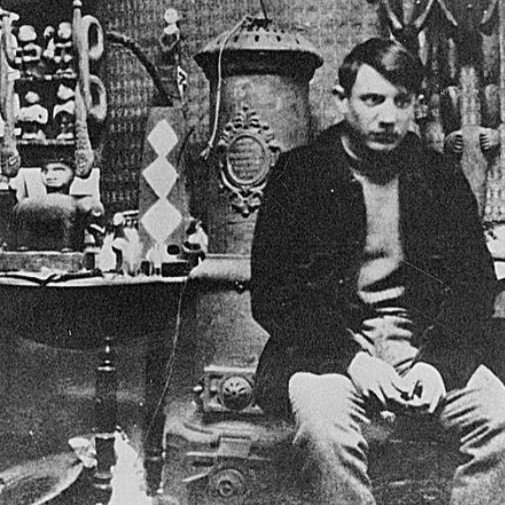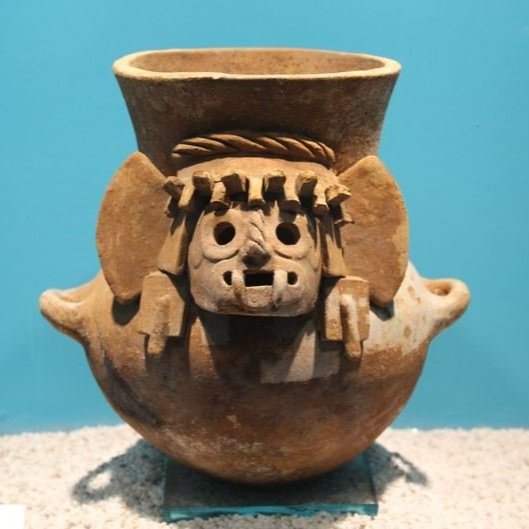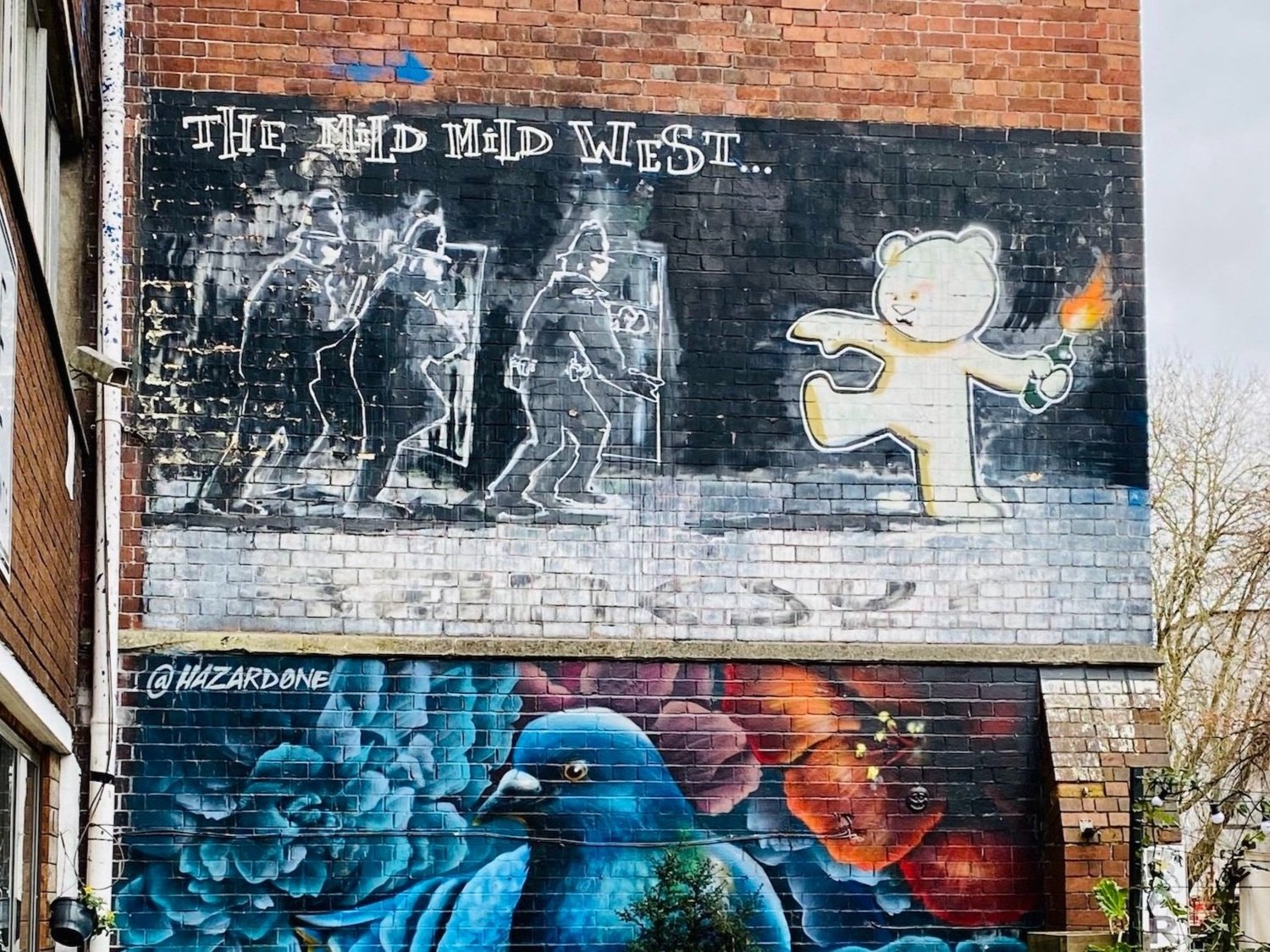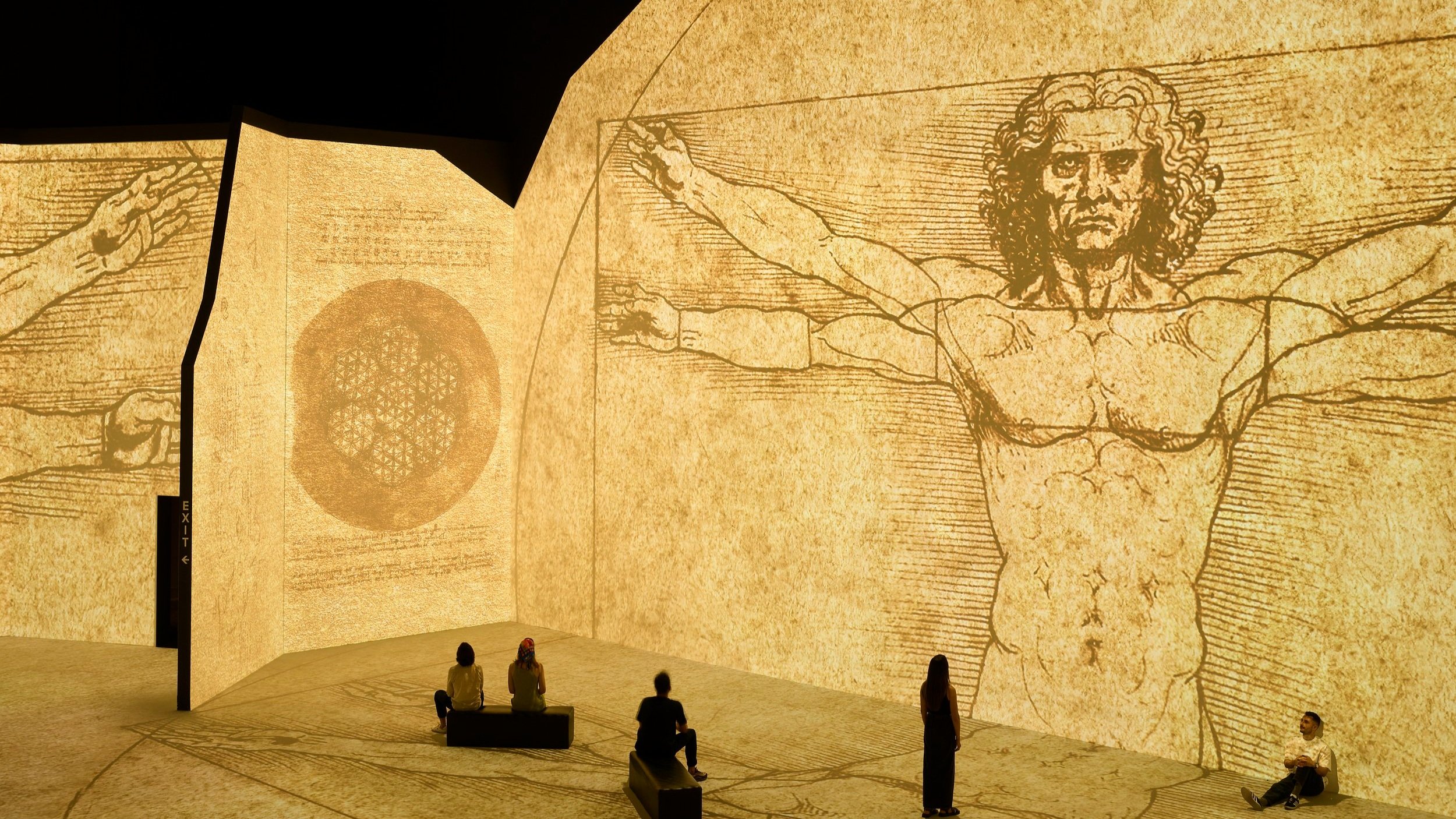The Best Places to See Pablo Picasso’s Artworks
Pablo Picasso was one of the most influential artists of the 20th century. His avant-garde Cubist paintings and sculptures completely changed the direction of modern art.
Fortunately, many of Picasso’s masterpieces can be viewed in prominent art museums across the globe. From New York to Barcelona, Paris to London, these world-class institutions provide opportunities to study and appreciate some of Picasso’s greatest creations up close.
For any art lover or Picasso enthusiast looking to immerse themselves in the Spanish master’s artworks, this article highlights the top 21 museums and galleries across the world that showcase his creations.
For more articles about Pablo Picasso, please read here. You may also be interested in my articles about where to view the artwork of Frida Kahlo, Wassily Kandinsky and David Hockney.
Table of Contents
Visiting Picasso Museums Across Europe and Beyond
Where to view Pablo Picasso’s Art in Spain
Where to view Pablo Picasso’s Art in France
Where to view Pablo Picasso’s Art in Italy
Where to view Pablo Picasso’s Art in Germany
Where to view Pablo Picasso’s Art in the Netherlands
Visiting Picasso Museums Across Europe and Beyond
Pablo Picasso stands as one of the most influential artists of the 20th century. His pioneering Cubist and Surrealist works revolutionised modern art. Over his long, prolific career, he created thousands of extraordinary paintings, sculptures, drawings, prints, ceramics and other pieces.
Given Picasso’s immense output and impact, it is no surprise that museums across Europe and worldwide contain valuable collections of his artworks. From the Museu Picasso in Barcelona to the Museum of Modern Art (MoMA) in New York, institutions on multiple continents hold masterpieces spanning his early experimentation to later paintings.
Several museums in Picasso’s native Spain contain excellent examples of his Blue and Rose period works from his formative years in Malaga, Barcelona and beyond. In France, where the artist spent much of his life, the Musée National Picasso-Paris and museums in Nice and Antibes house hundreds of his paintings, sculptures and other works.
Other European highlights are the museums in Germany, Italy and the Netherlands with significant Picasso holdings. The UK, which he visited but did not reside in, has over 60 of his pieces in the Tate collection. Across the Atlantic, American museums like the Museum of Modern Art (MoMA), The Metropolitan Museum of Art, The Art Institute of Chicago and The National Gallery possess their own treasure troves.
These institutions provide a rich opportunity to appreciate the full arc of his career. Seeing his Cubist portraits, Surrealist experiments, vivid ceramics and late figurative paintings allows one to trace his ceaseless creativity across styles, subjects and media. Immersing oneself in Picasso’s work at the many museums worldwide grants intimate insight into one of modern art’s true geniuses.
Where to view Pablo Picasso’s Art in Spain
As a native of Spain, Pablo Picasso left an immense artistic legacy in his home country that is preserved today in its prominent art museums. During his formative years and at various points in his storied career, Picasso lived and worked in Barcelona, Madrid, Málaga, and across Spain, producing now-iconic paintings, sculptures, drawings, prints and more. Major Spanish museums hold invaluable collections of Picasso’s early Blue Period and Rose Period paintings, pioneering Cubist works, as well as pieces from his later periods.
1. Museu Picasso de Barcelona
The Picasso Museum in Barcelona houses one of the most extensive collections of Pablo Picasso’s early work, created during his formative years living in the city. The museum is located in La Ribera neighbourhood of Barcelona and contains over 4,500 of Picasso’s early paintings, sculptures, prints and drawings made between 1895 and 1904 in Barcelona. Highlights include his first Cubist sketches, Blue Period masterpieces like The Blind Man’s Meal (1903), and signature Rose Period paintings such as Child with a Dove (1901). The museum also reveals Picasso’s relationship with the city of Barcelona.
2. Museo Nacional Centro de Arte Reina Sofía, Madrid
As Spain’s national museum dedicated to 20th century art, the Museo Reina Sofía possesses an excellent collection of Picasso’s work. Its galleries trace his artistic evolution from the sombre Blue Period, through his groundbreaking Cubist phase, to his later Surrealist and final works. One of the most famous masterpieces in the museum is Picasso’s painting Guernica (1937). The museum also has several other notable works by Picasso, including Bust of a Woman (1943), The Dream and Lie of Franco (1937), and The Charnel House (1944-45).
3. Museo Nacional Thyssen-Bornemisza, Madrid
The Thyssen-Bornemisza Museum in Madrid, Spain has one of the largest private collections of art in the world. The museum’s collection includes several notable works by Pablo Picasso, including Harlequin with a Mirror (1923) and Head of a Man (1908) from his melancholy Blue Period. The museum also has an extensive collection of 20th-century modern art, including works by Edvard Munch, Wassily Kandinsky, and Salvador Dalí.
4. Museo Picasso Málaga
The Museo Picasso Málaga is an art museum located in Málaga, Spain, the city where Picasso was born. The museum opened in 2003 in the Buenavista Palace and has a collection of over 200 works by Picasso, including paintings, sculptures, ceramics, and drawings. The museum also hosts temporary exhibitions of works by other artists. The collection includes some of Picasso’s most famous works such as Jacqueline Seated (1954) and Bust of a Man (1965).
Where to view Pablo Picasso’s Art in France
France played a pivotal role in Pablo Picasso’s life and art, and as a result the country is home to several important museums and galleries dedicated to his work. During his career, Picasso lived and worked for extensive periods in Paris, the South of France, and Normandy, producing some of his most famous paintings and sculptures in these locations.
5. Musée National Picasso-Paris
Located in the Marais district of Paris, the Musée National Picasso-Paris contains the largest public collection of Picasso’s work in the world. With over 5,000 paintings, sculptures, drawings, prints, and photographs, the museum provides an unparalleled overview of the artist’s entire career from his early years to his late period.
Some of the highlights of the collection include famous Cubist paintings such as Man with Mandolin (1920), Blue Period works such as The Old Guitarist (1903-1904), and Surrealist masterpieces including Girl Before a Mirror (1932). In addition to the permanent collection, the museum hosts regular temporary exhibitions focused on specific periods or aspects of Picasso’s work.
6. Musée Picasso, Antibes
In 1946, Picasso established a studio in the medieval Château Grimaldi in Antibes in the South of France. During his six month stay, he produced an extraordinary body of work that forms the core of the collection at the Musée Picasso in Antibes. The museum holds 24 paintings, 44 drawings, 32 lithographs, 11 oils on paper, 80 ceramics, and various linoleum cuts Picasso created there.
Highlights include paintings of joyful, Mediterranean themes like The Goat (1941) and La Joie de Vivre (1946), as well as many portraits of his lover Françoise Gilot who inspired his Antibes artworks. The museum provides a fascinating glimpse into this prolific and creative phase in Picasso’s career.
7. Picasso Museum, Vallauris
From 1948 to 1955, Picasso lived and worked in the town of Vallauris near Antibes, where he became engrossed in the art of ceramics. He produced over 4,000 ceramic pieces at the Madoura Pottery studio, reinventing the craft with his experimental and innovative designs.
The Picasso Museum in Vallauris was opened in 1950 and houses the largest public collection of Picasso ceramics in the world, with over 500 works on display. The collection demonstrates Picasso’s boundless creativity across vases, plates, figurines, tiles, and murals, employing diverse styles and techniques.
Where to view Pablo Picasso’s Art in Italy
Although Pablo Picasso spent most of his life in France and Spain, the artist also left his mark on Italy’s vibrant modern art scene. During his career, Picasso frequently visited Italy and developed relationships with prominent Italian collectors and cultural institutions. Today, Italy is home to some excellent museum collections of the pioneering Cubist and Surrealist master’s paintings, sculptures, drawings and prints.
8. Peggy Guggenheim Collection, Venice
This premier modern art museum in Venice holds an impressive array of 20th century avant-garde works. Its Picasso collection numbers around 20 pieces and spans his career from early paintings to late canvases. Highlights include The Poet (1911), from his Blue Period, Pipe, Glass, Bottle of Vieux Marc (1914) and The Studio (1924).
Where to view Pablo Picasso’s Art in Germany
Although Pablo Picasso himself never lived in Germany, the country is home to several museums with excellent collections of his groundbreaking Cubist, Surrealist, and modern art. Many of Germany’s museums and private collectors acquired important Picasso works directly from the artist or from renowned dealers during his lifetime. Picasso also participated in key exhibitions at German institutions over the course of his long career.
9. Museum Berggruen, Berlin
The Berggruen Museum has an extensive Picasso collection focused on his paintings and sculptures. It includes iconic works across his periods and styles, from Still life in front of a window at Saint-Raphael (1919), and The Yellow Sweater (1939) to The Women of Algiers, Version L (1955). Altogether the museum holds over 90 Picasso pieces.
10. Picasso Museum Münster
This museum located in Münster, Germany houses a collection focused entirely on works by Pablo Picasso. With around 100 paintings, sculptures, drawings and prints, it provides an in-depth look at Picasso’s artistic evolution and mastery of diverse styles and techniques. Highlights include paintings such as Two Brothers (1906), The Red Armchair (1931) and Jacqueline in Turkish Costume (1955).
11. Museum Ludwig, Cologne
Cologne’s Museum Ludwig possesses one of the largest Picasso collections in Europe, with over 100 paintings, sculptures and works on paper spanning his career, including Harlequin ( 1923), Woman with an Artichoke (1941) , and Woman with Baby Carriage (1950).
Where to view Pablo Picasso’s Art in the Netherlands
The Netherlands is home to several museums with excellent collections of work by the influential 20th century artist Pablo Picasso. During his prolific career, Picasso cultivated connections with Dutch artists, dealers, and institutions that allowed his art to enter important Dutch collections. Key museums in the Netherlands today hold valuable examples of Picasso’s paintings, drawings, prints, and other works from his various periods.
12. Stedelijk Museum, Amsterdam
Amsterdam’s Stedelijk Museum houses an excellent Picasso collection as part of its modern art holdings. Major paintings include Self-Portrait (1901) from his Blue Period, The Wait (Margot) (1901) from his Rose Period, and Cubist works such as Heads (1943). Other pieces are drawings, collages, and prints spanning his career.
13. Kröller-Müller Museum, Otterlo
This museum possesses one of the world’s largest Picasso collections, with over 90 paintings, drawings, and sculptures. Highlights include The Reservoir, Horta de Ebro (1909), a signature Cubist composition, as well as Woman Sitting in an Armchair (1920) and Vase, Bottle and Fruit Dish on a Table (1914) from his Cubist still life phase. The collection also contains lithographs, ceramics, and more.
Where to view Pablo Picasso’s Art in the United Kingdom
Although Pablo Picasso spent most of his life in France and Spain, the United Kingdom is still home to some excellent museum collections of his pioneering modern art. During his prolific career, Picasso cultivated connections with British collectors and galleries who acquired his Cubist, Surrealist and later works to place in national collections. Here are some of the key institutions to see Picasso artworks in the UK:
14. Tate Modern, London
The Tate Modern collection includes a number of paintings, sculptures, and works on paper by Pablo Picasso. Highlights are Glass on the Table (1909) to Weeping Woman (1937) to the Acrobat and his Partner (1948).
15. National Galleries of Scotland, Edinburgh
This museum manages excellent Picasso holdings at the Scottish National Gallery of Modern Art and the Scottish National Portrait Gallery. Key works are Mother and Child (1902) and The Soles (1940)
Where to view Pablo Picasso’s Art in the United States
Although Pablo Picasso was based in Europe throughout his life, many leading art museums in the United States hold valuable collections of his pioneering Cubist, Surrealist, and modern artworks. During his lifetime, Picasso exhibited widely across America and developed relationships with key collectors and galleries who later donated or sold pieces to major US institutions.
16. Museum of Modern Art (MoMA), New York
MoMA was one of the first American museum to exhibit Picasso’s work and its collection represents his entire career. Highlights include Les Demoiselles d'Avignon (1907), a seminal Cubist painting from 1907, as well as Surrealist masterpieces like Girl Before a Mirror (1932). Other important pieces are Rose Period paintings Boy Leading a Horse (1905-1906) and Woman Ironing (1904), plus the Neoclassical Seated Woman (1927).
17. Metropolitan Museum of Art, New York
The Met’s holdings span Picasso’s early work to late paintings and prints. Key pieces include Portrait of Gertrude Stein (1905) and the Cubist Woman in White (1923). Also on display are works on paper, ceramics, two significant bronzes, Head of a Woman (1909) and Bust of a Woman (1932).
18. Philadelphia Museum of Art
The Philadelphia Museum of Art holds a number of his paintings, sculptures, and works on paper. Highlights include Three Musicians (1973) and Head of a Women (1973).
19. Art Institute of Chicago
Spanning Picasso’s career, the Chicago Art Institute’s collection contains paintings, sculptures, ceramics, and prints. Major works are Old Guitarist (1903) and The Red Arm Chair (1931).
20. National Gallery of Art, Washington D.C.
The National Gallery has significant Picasso holdings including Cubist paintings Still Life (1918), and Blue Period works, including The Tragedy (1903).
21. Cleveland Museum of Art
The Cleveland Museum of Art houses an excellent assortment of Picasso’s paintings and works on paper spanning his career. Key pieces are The Harem (1906), Bull, Skull, Fruit, Pitcher (1939) and Still Life under a Lamp (1962).
I hope you have found this blog post about where to view Pablo Picasso’s artworks helpful.
If you would like to get in contact, please email me at sarahransomeart@gmail.com.







